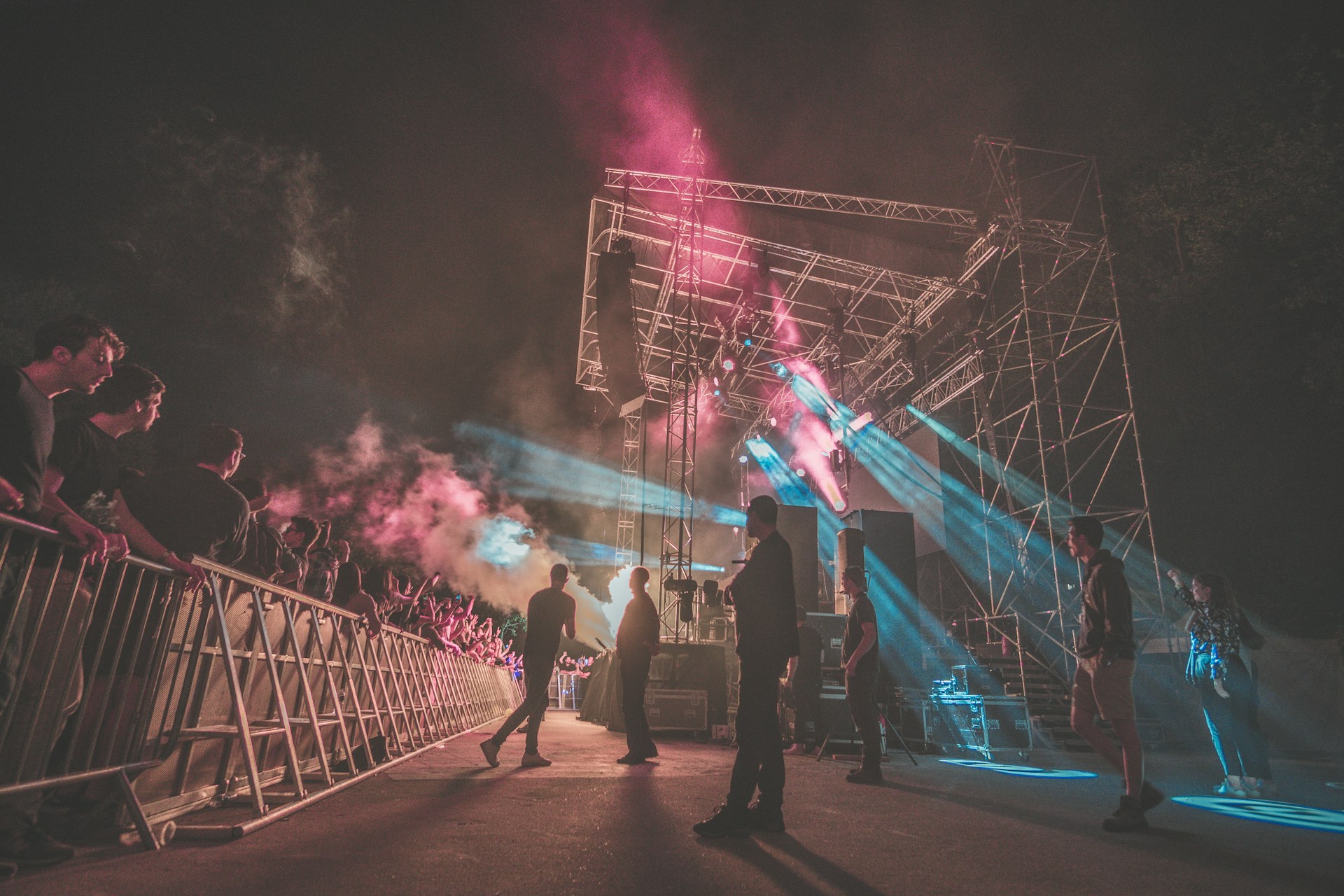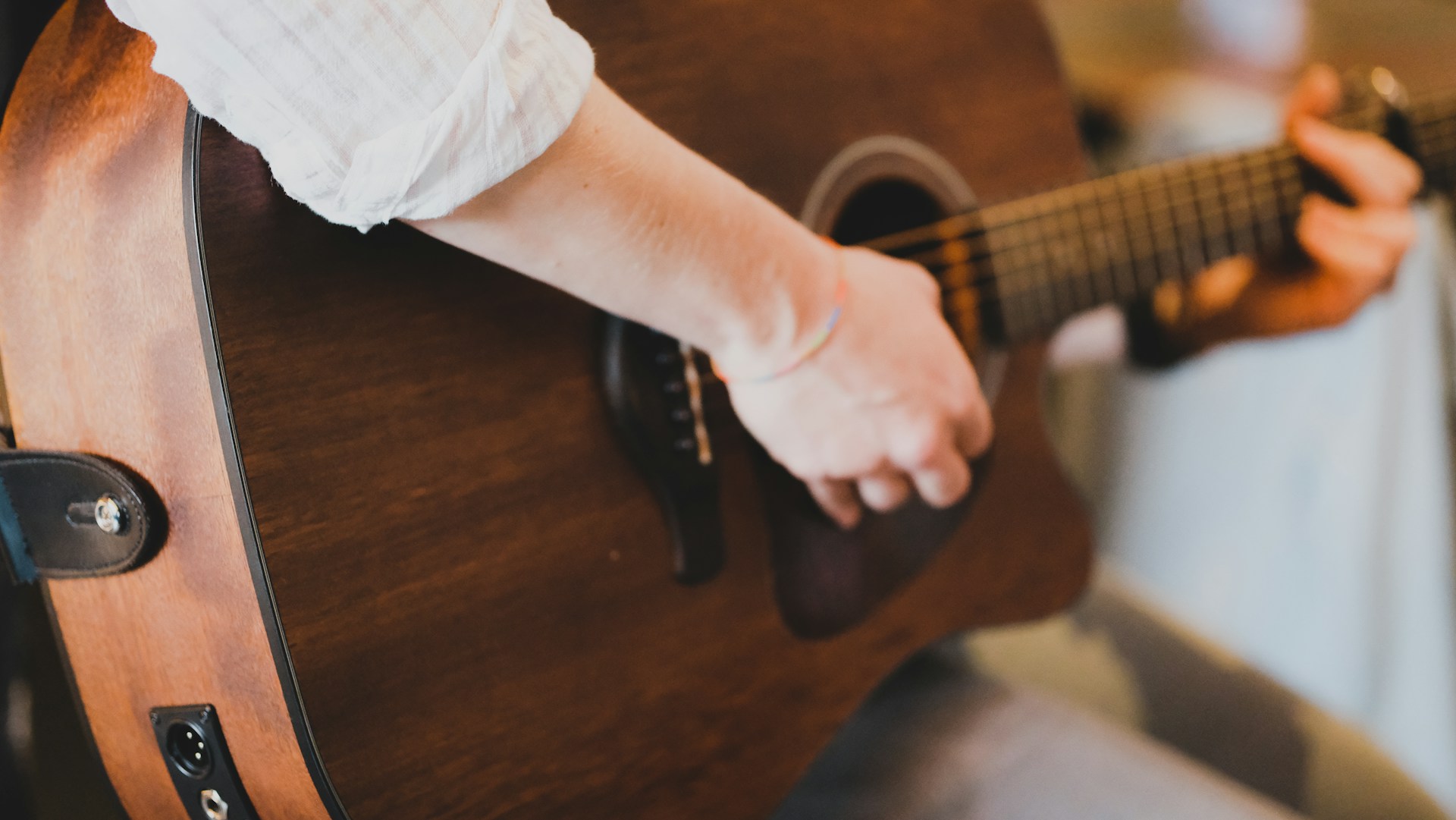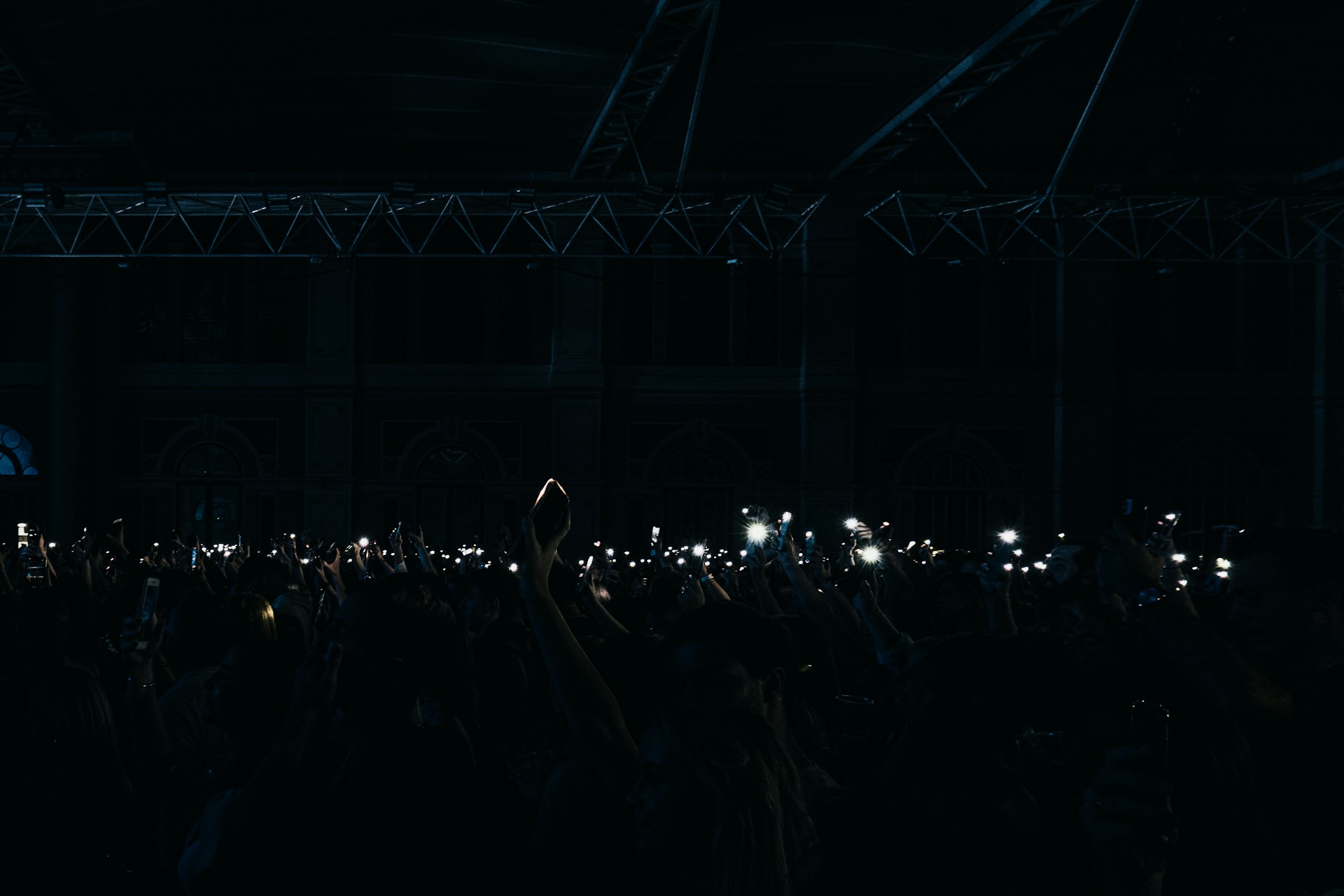
With its third edition, the Flammes Awards have firmly established themselves as a key cultural event, finally breaking the so-called curse that haunted previous hip-hop ceremonies like the “Année du Hip-Hop” and the Trace Urban Awards. On the evening of 13 May, the event boldly moved from the Théâtre du Châtelet to the larger and more ambitious venue of La Seine Musicale, signalling its growing prominence. The shift in location, however, caused a few logistical hiccups—ushers had to ring a bell to hurry guests to their seats, with half the artists still missing at 9:10 p.m.
Despite a 30-minute delay, the energy inside the venue ignited almost instantly—especially near the stage, where, for the first time, fans were welcomed into the pit area. Until now, the Flammes had mostly catered to industry professionals and artists. By opening the doors to the general public, the ceremony finally lived up to its mission of celebrating popular culture.
New Talent Takes Centre Stage
The enthusiasm was contagious from front to back. Attendees frequently left their seats to dance along with the performances. This year’s Flammes clearly placed heavy emphasis on showmanship. From flaming motorbikes and dramatic lighting to dynamic troupes of dancers, the three-hour show was packed with visual spectacle, occasionally punctuated by welcome moments of calm. Nineteen out of the twenty-five awards were handed out during the event.
A noticeable absence, however, was some of the year’s biggest rap stars. Tiakola, nominated in nine categories, was nowhere to be seen. SDM and Booba—who won Track of the Year and Collaboration of the Year for Dolce Camara—were also missing. Yet, few were surprised by Booba’s no-show; the rapper had boycotted the Flammes since its inception. Fortunately, female powerhouses Aya Nakamura and Shay were there to balance the stage presence, showing their continued support for the event.
Their absence opened the door for the new wave of talent to shine. Young duo L2B kicked off the evening, paving the way for a fresh crop of artists including Eva, La Mano 1.9, and Ivorian rapper Himra, known for his unique and unpredictable flow. In a standout moment, Theodora made a dramatic entrance from above to perform Fashion Designa, earning a standing ovation. She followed this with a surprise rendition of her newly released single DO U WANNA?, blending amapiano rhythms with an electro-pop chorus. Crowned Female Newcomer of the Year, she dedicated her win “to all the children of the diaspora,” delivering the message with an endearing sincerity.
A Broader Musical Landscape
The reduced focus on mainstream rap also gave other genres a chance to shine, reflecting the Flammes’ commitment to diversity. Categories celebrating African and Caribbean music highlighted the rich influence these genres continue to have on today’s artists. As co-host Newin pointed out, it was also an opportunity to “give credit where credit is due.”
The evening opened with Joé Dwèt Filé bringing the crowd to their feet with 4 Kampé, a lively kompa anthem. Later, Meryl transported the audience to the Caribbean with her performance of dombew, a traditional Dominican style, earning rapturous cheers from her loyal fanbase.
By showcasing a wider range of musical expressions and welcoming both emerging talents and global influences, Flammes 2025 proved that the future of popular culture lies not just in star power but in inclusivity, authenticity and the celebration of diverse voices.






